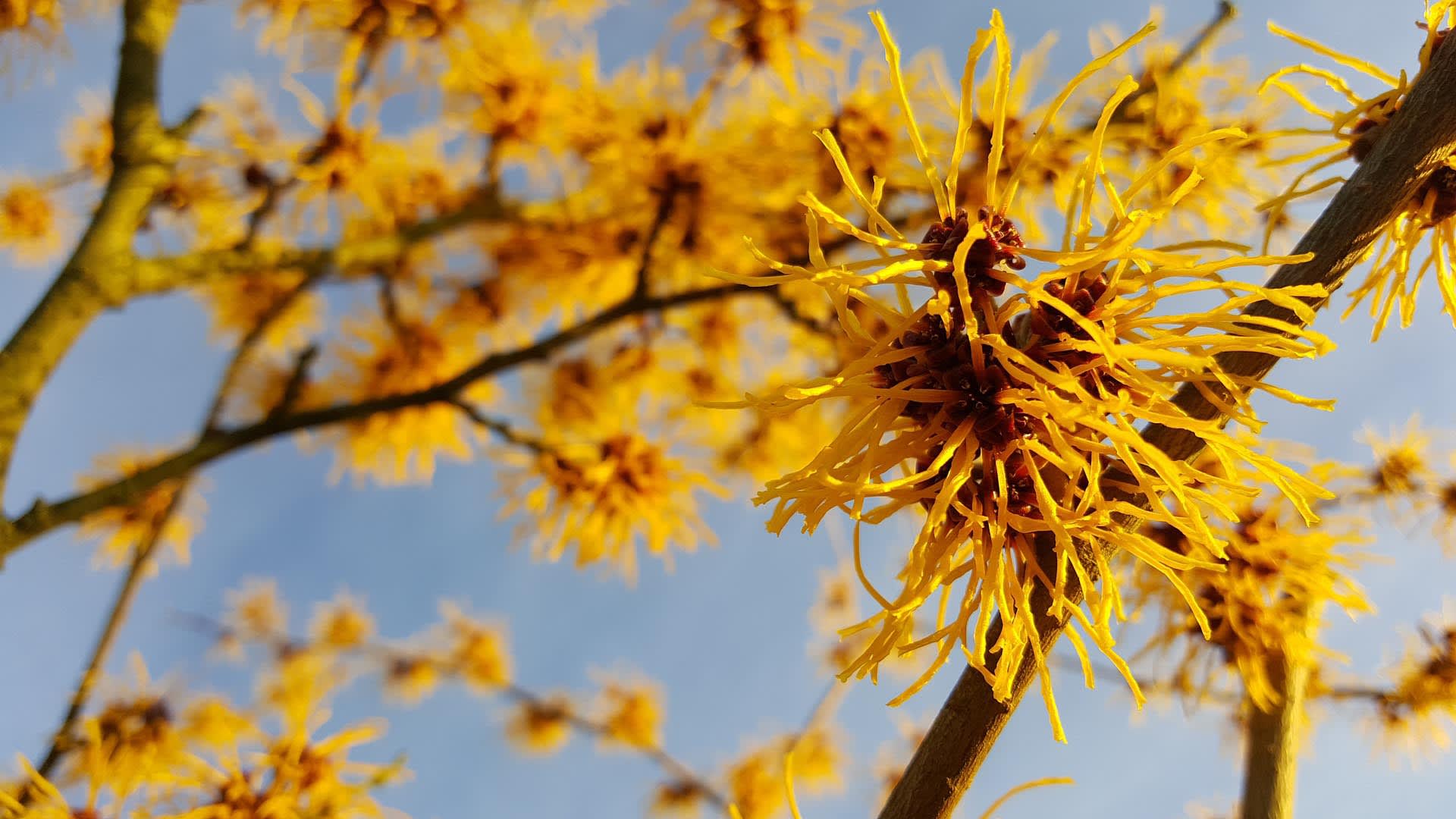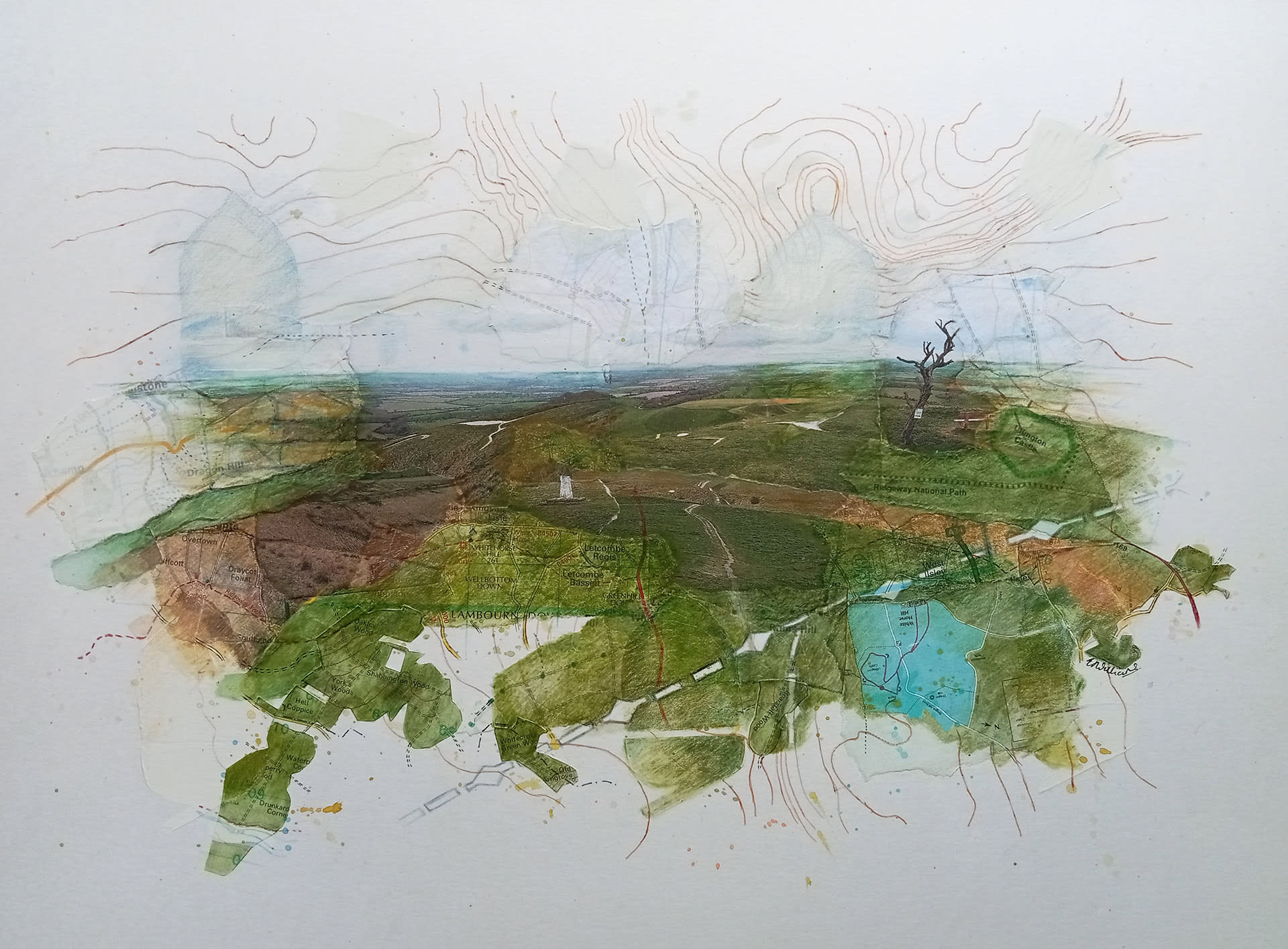At this time of year the garden has its own beauty; frost makes any surface into a glittering bed of jewels. Whilst there may be a lack of colour, canny planting can infuse your outside area (be in window box or wildflower meadow) with uplifting floral fragrance.
Sarcococca (Christmas box): evergreen
Sarcococca’s fragrant flowers grow in abundance during winter and can fill a small garden space with a heady perfume. They are also incredibly versatile and will happily flourish in partial or full shade and, if kept moist, will also tolerate sun. Prune in spring after flowering to maintain shape and size and water well during dry spells – especially in the first year after planting. There are a number of varieties available with a maximum height of between 60cm (hookeriana var. humilis or dwarf sweet box) and two metres (sarcococca confusa or sweet box).

Daphne bholua (paper daphne): semi-evergreen
Daphnes are relatively short lived as they tend to suffer from progressive die-back after a few years but their good looks make them well worth planting for their highly perfumed pink flowers which bloom between late winter and early summer. Daphnes require well drained but moist soil in full sun. Once planted do not be tempted to try and move them as they do not like their roots being disturbed. If well nurtured, they will ultimately grow to 1.5m x 60cm after five years.

Chimonanthus (Winter sweet): deciduous
This hardy Chinese shrub produces lemon yellow flowers which have a spicy fragrance. These compact and bushy come into their own in winter and make great additions to a mixed border to balance the colour of summer flowers – plus, they will benefit from the shelter provided by neighbouring plants. They thrive in an alkaline lime rich soil and a sunny, sheltered position. Although they may take a few years before producing flowers, your patience will be rewarded eventually as some varieties (including C. praecox) can grow to a height and spread of 1.5m x 1m after five years.
Lonicera (scented bushy honeysuckle): evergreen/semi-evergreen
Unlike their summer-flowering counterparts, winter honeysuckle are bushy shrubs, as opposed to climbers. Popular varieties include Lonicera fragrantissima with its creamy yellow blooms during winter months followed by dull red berries in spring. Although not a climber, it can be trained against a wall and this shrub will grow large; up to 3m, with a spread of 1.5m. It likes full sun to partial shade in a moist well drained slightly acidic soil, rich in organic matter. Plant in a sheltered location, with protection from strong winds. Another option is Lonicera x purpusii; beautiful blooms with sweetly scented tubular white flowers which appear on bare branches in winter and early spring. This plant provides nectar for bees and other pollinators and will grow in all soil types in full sun or partial shade but be aware it needs its space: this shrub will ultimately grow to 2.5m height and spread.
Hamamelis x intermedia (Witch hazel): deciduous
Famous for its healing properties, witch hazel is thought to have got its name from early settlers and Native Americans who used its branches as divining rods to source water in a practice known as ‘water witching’. It’s spidery flowers grow on bare branches from mid to late winter and have a strong, spicy fragrance. The different varieties cross the colour spectrum from bright yellow to deep red and ‘Jelena’ covers all options with yellow blooms tinted with coppery red. They will thank you for plenty of space in which to grow to their full size of around three metres (height and spread) and need neutral to acidic free-draining soil.
Mahonia japonica: evergreen
There are many new varieties to be discovered at your local garden centre but perhaps the most widely recognised will be the fragrant Japanese mahonia. Is familiar small, pale yellow flowers grow in spreading or drooping sprays and provide seasonal sustenance to bees and other pollinators. It is extremely versatile and will thrive in most conditions from full sun to complete shade although it will need judicious pruning April to keep in in good shape. Watch out for its leaves which are sharp toothed and can scratch.

With thanks to British Garden Centres (BGC), the UK’s largest family-owned garden centre group. Find out more at britishgardencentres.com








